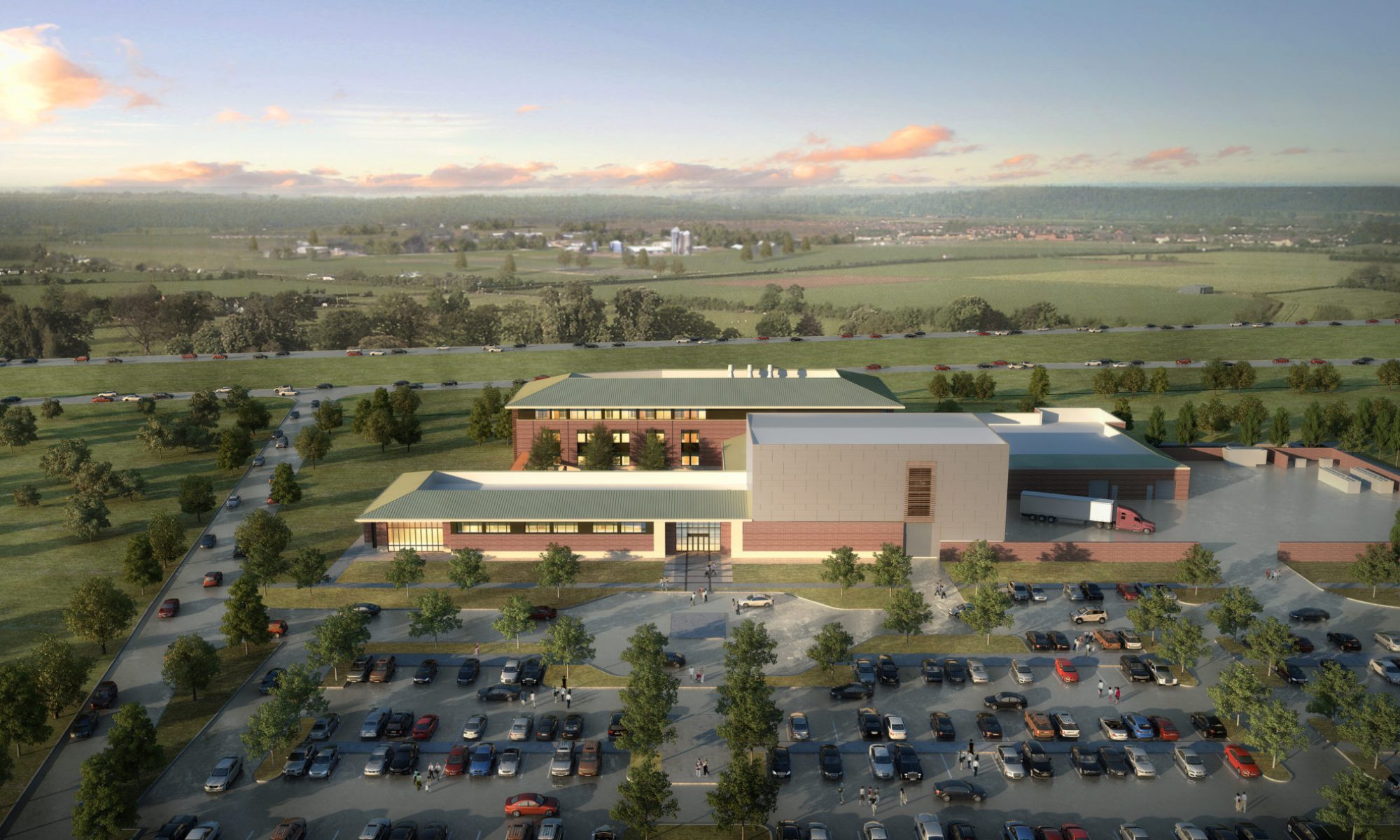The Texas A&M University System is creating a new paradigm for the future of applied research, technology development and education. We are advancing the redevelopment of our Riverside Campus, approximately 2,000 acres of prime, largely underdeveloped real estate located adjacent to State Highways 47 and 21, into our Texas A&M RELLIS Education and Research Campus, a high-tech, multi-institutional research, testing and workforce development campus.
Background:
The TEES Smart Grid Center has embraced a Smart Energy Campus Initiative (SECI) proposed in 2009 for the Main Campus and identified its key features that will be explored for implementation on the RELLIS Campus (shown above). The overarching goal of the SECI is to maximize the efficient use of energy, water, waste, and transportation resources, as illustrated in the figure above. This document focuses mainly on the energy efficiency issues and technologies that are logical candidates for deployment on the RELLIS campus. The proposed effort is aligned with innovative national and international efforts designed to achieve sustainable and smart communities, the principal energy ecosystem of the future. Similar campus approaches for integrating state-of-the-art energy efficiency and renewable energy technologies are being implemented at the Campus of the National Renewable Energy Lab, The Georgia Institute of Technology Campus, and the Campus of the Illinois Institute of Technology.
Goals:
By embracing the proposed approach, The Texas A&M University System will solidify its position of excellence, eminence and prestige in the design of smart communities and model energy ecosystems, thereby providing a synergistic complement to our national reputation for excellence in education, training, research, and technological innovation and commercialization.
Objectives:
The initial two-year deployment project will result in a demonstrated design of an energy efficient RELLIS Campus as a Smart Community “Living Lab” that can be further extended going forward. The expected cost of this initial project will be in the range of $5-$10 million, inclusive of an expected donation from industry and other partners matching the investments made by the A&M System. The final goal is to implement an unprecedented smart campus community by 2025 that advances our status as a world class exemplar of innovation in education, research, training and technology serving as a national and international model for others to follow.
